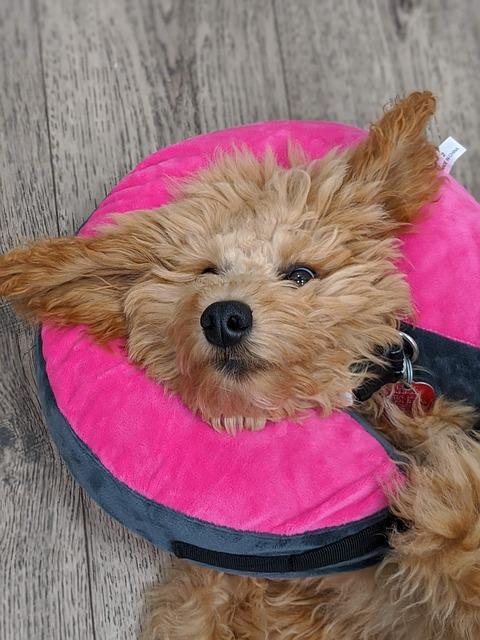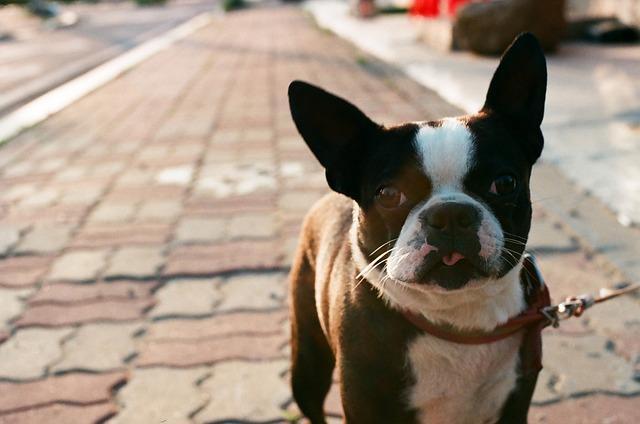Once in a cozy little town, there lived a cat named Whiskers. Whiskers loved to roam the streets, feasting on scraps left behind by careless diners. His diet consisted of greasy leftovers and sugary treats, which made him feel sluggish and unwell. One day, he met a wise old cat named Sage, who shared tales of vibrant fish and wholesome kibble. Intrigued, Whiskers decided to change his ways. As he embraced a balanced diet, he felt more energetic and playful, discovering the joy of chasing butterflies once again.
Table of Contents
- Understanding the Nutritional Needs of Cats
- Common Signs of a Poor Diet in Feline Friends
- The Impact of Poor Nutrition on Cat Health
- Practical Tips for Transitioning to a Balanced Diet
- Q&A
Understanding the Nutritional Needs of Cats
When it comes to feline nutrition, understanding what constitutes a poor diet is crucial for maintaining your cat’s health. Cats are obligate carnivores, meaning their bodies are designed to thrive on a diet primarily composed of animal protein. A diet lacking in high-quality protein sources can lead to a range of health issues, including muscle wasting and weakened immune function. It’s essential to ensure that your cat’s food contains adequate levels of protein derived from real meat, rather than fillers or by-products.
Another significant aspect of a cat’s diet is the balance of essential nutrients. A poor diet often lacks vital components such as taurine, vitamin A, and arachidonic acid. These nutrients play critical roles in various bodily functions, including vision, heart health, and skin integrity. Without sufficient amounts of these nutrients, cats can suffer from serious health problems, such as heart disease, vision impairment, and skin disorders. Always check the ingredient list to ensure these essential nutrients are included in your cat’s food.
Moreover, the presence of excessive carbohydrates can also indicate a poor diet. Cats have a limited ability to digest carbohydrates, and diets high in grains or fillers can lead to obesity and diabetes. Instead, focus on foods that prioritize animal protein and healthy fats while minimizing unnecessary carbohydrates. A well-balanced diet should ideally consist of high-quality animal proteins, healthy fats, and a small amount of carbohydrates from safe sources like vegetables.
Lastly, hydration is often overlooked when discussing feline nutrition. Cats are not naturally inclined to drink large amounts of water, and a diet that is predominantly dry food can contribute to urinary tract issues and kidney problems. Incorporating wet food into your cat’s diet can help ensure they receive adequate moisture. Additionally, always provide fresh water to encourage hydration. By paying attention to these dietary components, you can help prevent the pitfalls of poor nutrition and promote a healthier, happier life for your feline friend.
Common Signs of a Poor Diet in Feline Friends
Felines are known for their finicky eating habits, but when their diet is lacking, certain signs can become apparent. One of the most noticeable indicators is a change in weight. Cats that are overweight may struggle with mobility and exhibit lethargy, while those that are underweight might appear bony and frail. Monitoring your cat’s weight regularly can help you catch these issues early, allowing for timely dietary adjustments.
Another common sign of a poor diet is a dull or unkempt coat. A healthy cat typically boasts a shiny, smooth fur coat, but nutritional deficiencies can lead to dryness, excessive shedding, or even bald patches. If you notice your feline friend’s fur losing its luster, it may be time to reevaluate their nutritional intake. Essential fatty acids, vitamins, and minerals play a crucial role in maintaining a vibrant coat.
Behavioral changes can also signal dietary problems. Cats that are not receiving adequate nutrition may exhibit increased irritability or lethargy. They might also show a lack of interest in play or social interaction, which can be concerning for pet owners. Additionally, if your cat is constantly begging for food or scavenging, it could indicate that their current diet is not satisfying their nutritional needs.
Lastly, gastrointestinal issues such as vomiting, diarrhea, or constipation can be red flags of an inadequate diet. Cats require a balanced intake of proteins, fats, and fibers to maintain a healthy digestive system. If your cat is experiencing frequent digestive disturbances, it’s essential to consult with a veterinarian to determine if their diet is the underlying cause. Addressing these issues promptly can help restore your cat’s health and happiness.
The Impact of Poor Nutrition on Cat Health
When cats are fed a poor diet, the consequences can be dire, affecting their overall health and well-being. A lack of essential nutrients can lead to a variety of health issues, including obesity, diabetes, and heart disease. Cats require a balanced intake of proteins, fats, vitamins, and minerals to thrive, and deficiencies in these areas can result in serious complications. For instance, inadequate protein can lead to muscle wasting, while insufficient taurine can cause heart problems and vision issues.
Moreover, the quality of the food plays a crucial role in a cat’s health. Many commercial cat foods are laden with fillers and artificial additives that provide little nutritional value. These ingredients can contribute to gastrointestinal problems, such as diarrhea and vomiting, and may even lead to long-term digestive disorders. Cats are obligate carnivores, meaning their bodies are designed to process animal-based proteins, and a diet high in carbohydrates can disrupt their metabolic balance.
Another significant impact of poor nutrition is on a cat’s dental health. Diets that lack proper nutrients can lead to plaque buildup and periodontal disease, which can be painful and may result in tooth loss. Additionally, dental issues can affect a cat’s ability to eat properly, creating a vicious cycle of poor nutrition and declining health. Regular dental check-ups and a diet that promotes oral health are essential for maintaining a cat’s overall well-being.
Lastly, the psychological effects of poor nutrition should not be overlooked. Cats that are not receiving adequate nutrition may exhibit behavioral changes, such as increased aggression or lethargy. A well-balanced diet not only supports physical health but also contributes to a cat’s mental and emotional stability. Ensuring that your feline friend receives the right nutrients is vital for fostering a happy, healthy, and active lifestyle.
Practical Tips for Transitioning to a Balanced Diet
Transitioning your cat to a balanced diet can be a rewarding journey for both you and your feline friend. Start by introducing new foods gradually to avoid digestive upset. Mix a small amount of the new food with their current diet, increasing the proportion of the new food over time. This slow transition allows your cat to adjust to the new flavors and textures without stress.
**Monitor your cat’s response** to the dietary changes closely. Keep an eye on their energy levels, coat condition, and overall behavior. If you notice any signs of discomfort, such as vomiting or diarrhea, it may be necessary to slow down the transition or consult your veterinarian. Remember, every cat is unique, and what works for one may not work for another.
Incorporate a variety of **high-quality proteins** into your cat’s diet. Cats are obligate carnivores, meaning they thrive on animal-based proteins. Look for foods that list real meat as the first ingredient and avoid those with fillers like corn or soy. Additionally, consider adding wet food to their diet, as it can provide hydration and enhance palatability.
Lastly, establish a **consistent feeding schedule**. Cats thrive on routine, and regular meal times can help regulate their appetite and digestion. Aim for two to three meals a day, depending on your cat’s age and activity level. This structure not only promotes a balanced diet but also strengthens the bond between you and your pet as you share mealtime together.
Q&A
-
What constitutes a poor diet for cats?
A poor diet for cats typically includes:
- High levels of carbohydrates
- Low-quality fillers and by-products
- Insufficient protein content
- Lack of essential nutrients like taurine
-
What are the signs of a poor diet in cats?
Signs that your cat may be on a poor diet include:
- Weight gain or obesity
- Excessive shedding or dull coat
- Frequent vomiting or diarrhea
- Lethargy or decreased activity levels
-
Can a poor diet affect a cat’s health?
Yes, a poor diet can lead to various health issues, such as:
- Obesity and related diseases
- Dental problems
- Urinary tract issues
- Weakened immune system
-
How can I improve my cat’s diet?
To improve your cat’s diet, consider:
- Choosing high-quality, protein-rich cat food
- Incorporating wet food for hydration
- Consulting with a veterinarian for dietary recommendations
- Avoiding human food and treats high in sugar or fat
understanding what constitutes a poor diet in cats is essential for their health and happiness. By prioritizing balanced nutrition and being mindful of their dietary needs, we can ensure our feline friends thrive for years to come.

大家好,我是彼得潘,專業的手法身體治療師。我喜歡探索和研究各種主題,並透過與人工智慧的合作分享專業、實用、有趣的文章。我們定期進行人工審核,以確保內容的準確性。如果您發現文章中有任何不準確的地方,請隨時與我們聯繫,我們會及時糾正。您可以透過 [email protected] 與我們聯繫。



